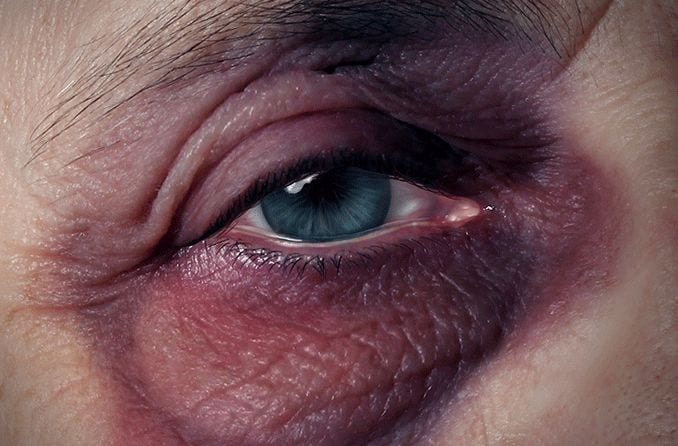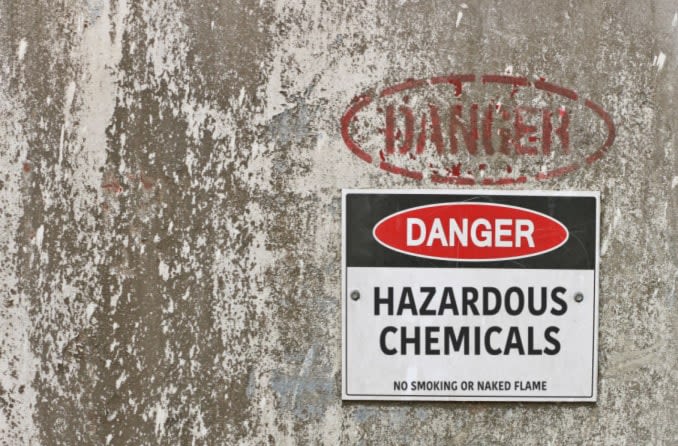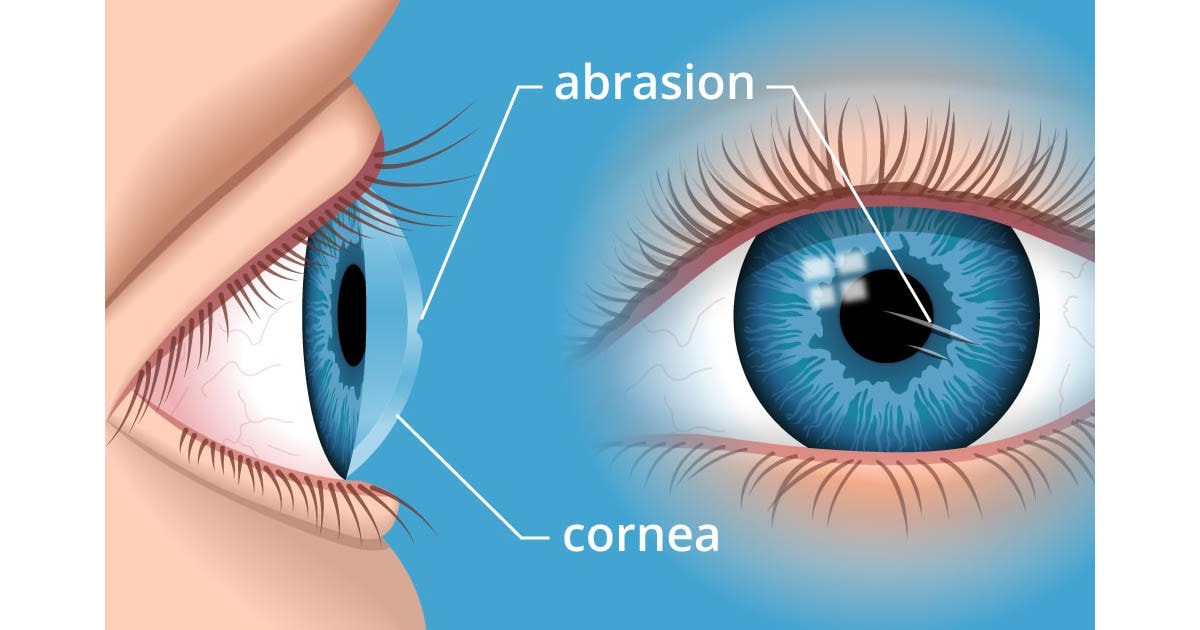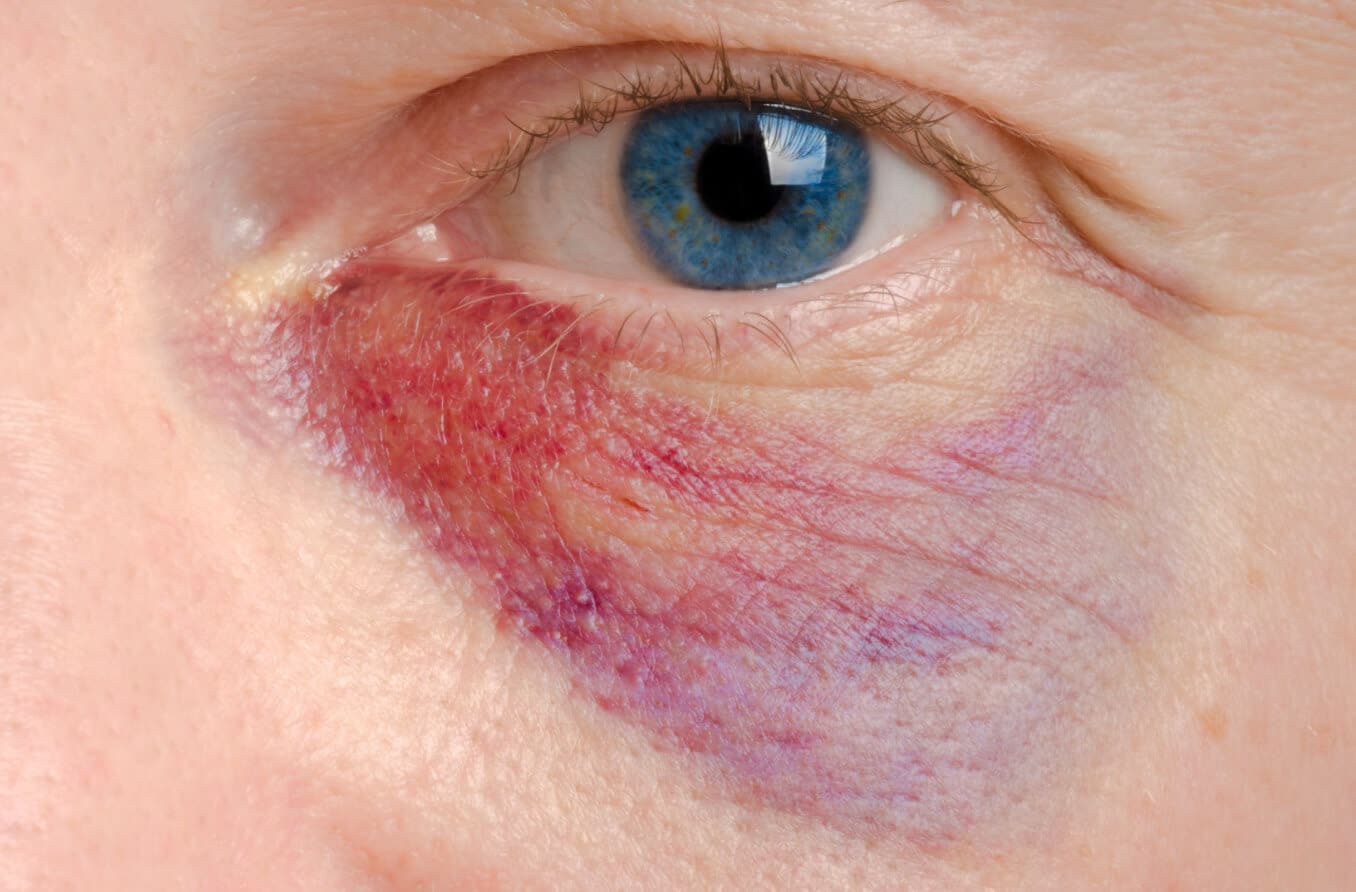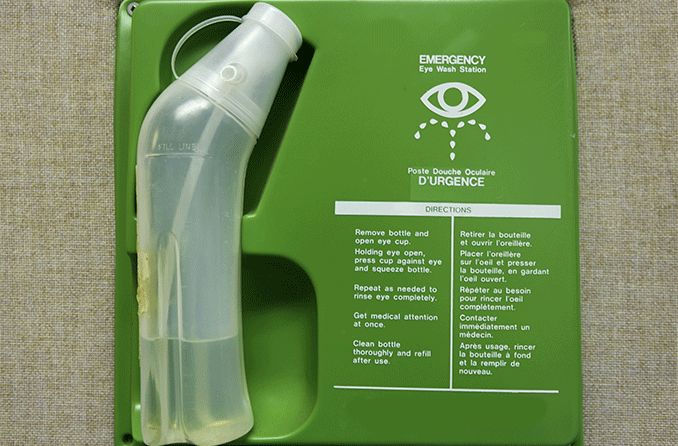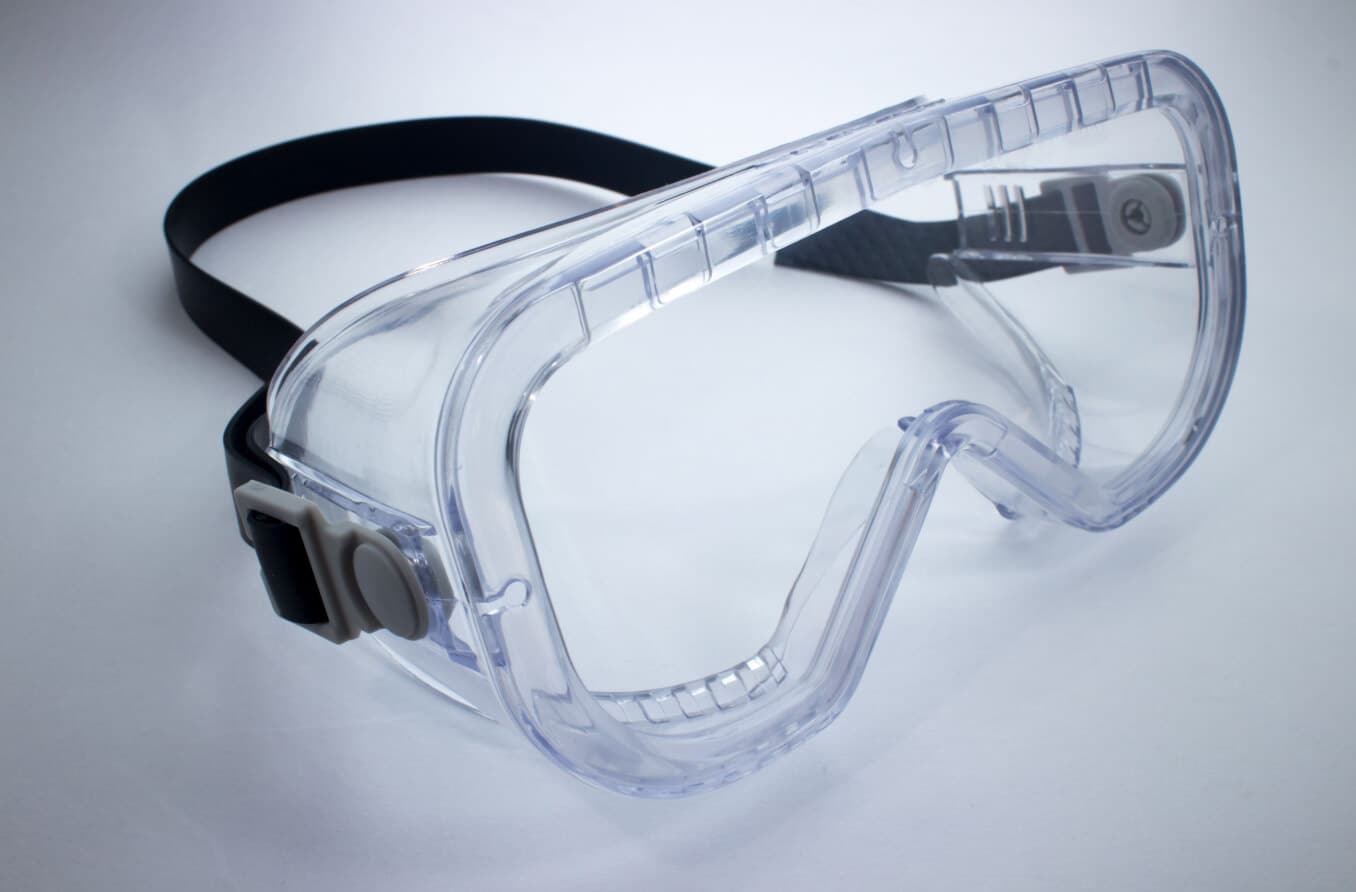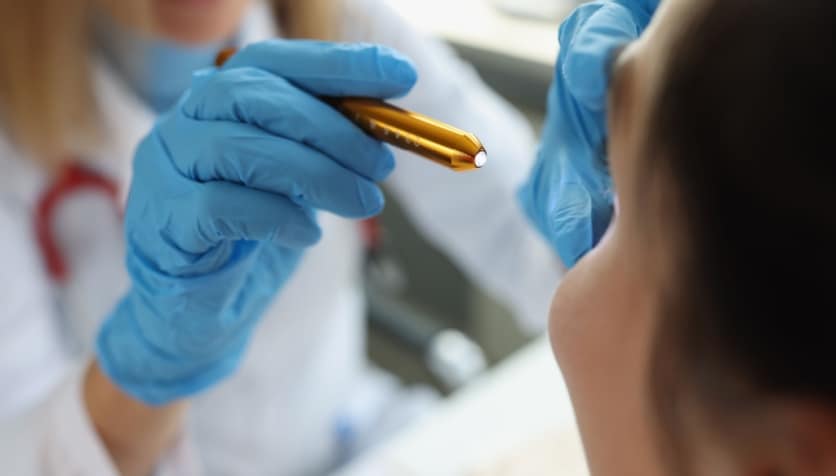1. Traumatic eye injury/accidents
“Eye emergencies can cover a range of incidents and conditions, but the most common are due to accidents,” says Barbara Horn, OD and president of the American Optometric Association (AOA).
Accidents usually mean something has gotten into the eye, but an injury or burn affecting the eye area is also worth getting checked by a vision care professional. Serious injuries can cause swelling, redness, light sensitivity, double vision or pain.
“Without proper treatment, eye injuries can lead to partial or even permanent loss of vision,” Horn says.
After any trauma to the eye, apply a cold compress without putting pressure on the eye to reduce pain and swelling. Severe pain or reduced vision requires immediate care from an eye doctor.
If you cut or puncture your eye or eyelid, do not wash out the eye and never attempt to remove an object penetrating the eye. Cover the eye with a rigid shield, like the bottom half of a paper cup, and see an eye doctor immediately.
2. Foreign body or chemical burn
If you get chemicals in your eye , flush out your eye with saline solution (preferably) or water for 15 minutes. If you’re wearing contact lenses, attempt to remove them first.
“Do not try to neutralize the chemical with some other chemical or substance,” says Horn. And don’t bandage it. Flush thoroughly, then get to an eye care professional.
If you get a particle in your eye, avoid rubbing it. Try to let your tears wash out the speck or irrigate the eye with a saline solution or artificial tears. A forceful steady stream from the saline bottle directed at the foreign particle may be able to dislodge it from the front surface of the eye.
If the particle does not wash out, keep the eye closed, bandage it lightly and seek medical care.
“Some particles, particularly metallic ones, can cause rusting spots on the eye if left untreated for several days,” Horn warns. “If you are unsure if the object is gone, do not delay medical care.”
3. Noticeable vision changes
Sudden or noticeable change in the quality of your vision must be addressed quickly. Vision changes often indicate a retinal or corneal defect that can cause permanent vision loss if left untreated.
One such defect is retinal detachment. If you’re seeing flashing lights and spots and/or a shower of floating spots from within the eye, you may have a detached retina .
Changes in vision can be a symptom of stroke, nerve damage or other neurological issues.
Pain in the temples, headache, pain after chewing, hip pain and fever combined with blurred vision may indicate temporal arteritis, a serious condition where the temporal arteries supplying blood to the head and brain become inflamed or damaged.
“Corneal swelling or infection can also cause sudden vision loss,” Melman says. “For any of these conditions, it is critical to have an accurate diagnosis and treatment plan.”
4. A red eye
“If you have red eye accompanied by discharge, you need to have it evaluated as soon as possible,” says Dr. Melman. He believes it’s best to be evaluated by an eye doctor.
“Most urgent care or ER centers will automatically prescribe an antibiotic,” Melman said. “That is really only appropriate for bacterial conjunctivitis .” Conjunctivitis (pink eye) is quite common in young children and is often viral and contagious, he says.
Roughly 80 percent of acute infectious pink eye is viral. “It is very important to treat this early,” Melman says.
A condition called corneal infiltrates (opaque spots on the cornea) may develop a few weeks after pink eye; it should be treated to avoid affecting vision.
Pink eye can be confused with the more serious uveitis or ocular herpes, which can be sight-threatening. Whenever possible, eye redness should be evaluated by a vision-care specialist who can differentiate the type of conjunctivitis and prescribe the proper treatment.
4. Different size pupils (pupil anisocoria)
If your pupils are not the same size, you may have anisocoria. You can be born with this condition (which is benign) or it can develop later in life due to direct eye trauma or an underlying condition.
Anisocoria can be a symptom of several maladies, including head trauma or other neurological causes such as a stroke or brain tumor.
So, if you see a noticeable difference in pupil size, whether constant or intermittent, you should be evaluated by your eye doctor.
5. Bulging eyes (proptosis/exophthalmos)
Bulging eyes or proptosis (also called exophthalmos) can be caused by many conditions, some more serious than others.
An injury to the eye socket or abnormal blood vessels behind your eye can cause it to bulge. Bulging eyes can also indicate a thyroid condition called Graves’ disease or eye sock problems such as inflammation, tumors or bacterial infections.
A bacterial infection that causes an eye bulge is an emergency. If not treated properly, a condition that presents as a very swollen lid (preceptal cellulitis) can allow the infection can spread from your eye socket and possibly affect the brain (orbital cellulitis). Orbital cellulitis is sight-threatening.
6. Headaches, glaucoma and family history
“I had a very disturbing case recently of a 53-year-old woman who had been feeling pressure and chronic mild headaches in her forehead,” Melman says. “She had always had good vision and never had a professional eye examination.”
This woman’s visual fields showed advanced glaucoma damage, which is not reversible. She initially denied any family history of glaucoma but when she spoke to her parents, she learned that both were being treated with glaucoma medicine and had never told their children.
This is more than a cautionary tale about ignoring your eye symptoms, Melman says. It’s also a lesson in the importance of discussing medical issues with family.
“Please everyone, find out the details of your family history,” Melman says. “Talk to your parents about this periodically, and get regular eye exams.”
When glaucoma is detected early, it is treatable and vision loss is minimized.
7. You experience these warning signs
In addition to the first six conditions above, the American Optometric Association recommends seeking medical attention if you experience:
eye burning or stinging
one eye not moving like the other
decreased or double vision
bruising and/or bleeding around the eye
severe itching
new or severe headaches
READ NEXT : Poison ivy in the eye


